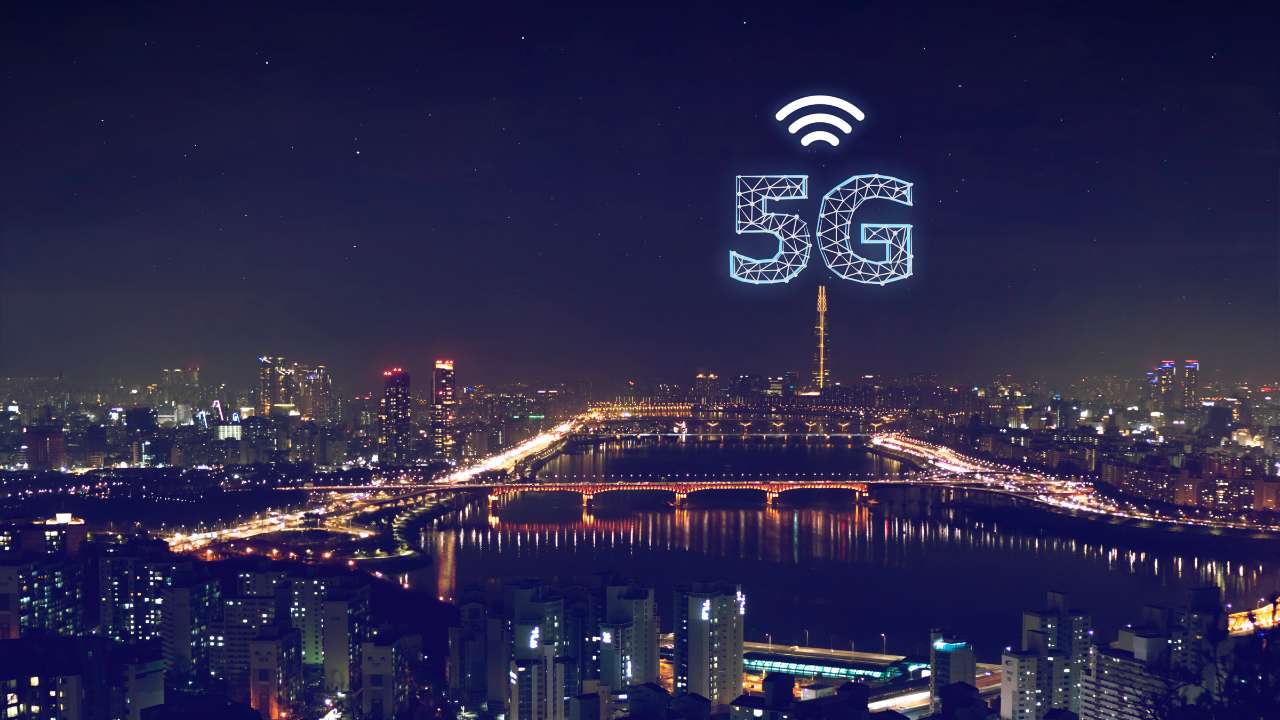BTS (Base Transceiver Station) is an essential component of the mobile network infrastructure that facilitates wireless connection between user devices (like smartphones) and the network. It’s essentially a piece of equipment that enables wireless communication between consumer devices and the mobile network. Each BTS covers a certain geographical area known as a cell, which is a specific area within the BTS’s coverage range. It receives and transmits radio signals to and from mobile phones within its coverage area. 5G BTS refers to Base Transceiver Stations designed to support 5G technology. 5G (5th Generation) is the latest standard in mobile network technology, offering significantly faster data speeds, lower latency, and the capacity to connect a large number of devices simultaneously. 5G BTS refers to Base Transceiver Stations designed to support 5G technology. 5G (5th Generation) is the latest standard in mobile network technology, offering significantly faster data speeds, lower latency, and the capacity to connect a large number of devices simultaneously.
5G promises much faster internet speeds, which can revolutionize digital experiences, improve video streaming quality, enable smoother online gaming, and enhance overall connectivity. 5G’s low latency and high reliability are crucial for enabling Internet of Things (IoT) applications and supporting advancements in industries like manufacturing (Industry 4.0), healthcare, and smart cities. The adoption of 5G technology has the potential to stimulate economic growth by fostering innovation, supporting new businesses and services, and improving productivity across various sectors. This promising outlook should instil a sense of optimism about the future of India’s economy. The early adoption and implementation of 5G can gain a competitive edge in technology development, attracting investment and talent. In summary, 5G BTS is fundamental in enabling the advanced capabilities of 5G networks, and their deployment is crucial for India to leverage these benefits across various sectors of its economy and society.
Fig: 1
India has witnessed an extraordinary surge in the number of 5G Base Transceiver Stations (BTS) deployments over the past 17 months. In January 2023, the total number of 5G BTS in the country was only 53,590. However, by the end of May 2024, this number has risen to an impressive 446,000, marking a growth of more than eight times within a short span. The deployment trajectory of 5G BTS in India reveals some interesting patterns. Initially, the pace of deployment was rapid. It took only two months for the number of 5G BTS to double from 50,000 to 100,000 and another two months to reach 200,000. However, as the numbers grew, the deployment pace began to slow. It took six months to move from 200,000 to 400,000 BTS and an additional five months to add another 50,000, bringing the total to approximately 450,000 by the end of May 2024. Despite the slowdown, the average monthly deployment rate of 5G BTS over these 17 months has been impressive. On average, more than 26,000 5G BTS were deployed each month, equating to over 80 BTS installations per day (fig: 1).
Fig: 2
A closer look at the regional distribution of 5G BTS deployments reveals significant disparities. Uttar Pradesh leads the pack with 50,212 5G BTS, accounting for 11.3% of the total deployments. Maharashtra follows closely with 45,739 BTS (10.3%), and Tamil Nadu comes in third place with 34,233 BTS (7.7%). West Bengal, Gujarat, and Karnataka collectively account for almost half of India’s 5G BTS deployments. On the other end of the spectrum, the regions with the least number of 5G BTS are Lakshadweep (2), Andaman & Nicobar Islands (117), Ladakh (238), and Sikkim (310). These areas face unique challenges, such as geographical isolation, lower population density, and limited infrastructure, which likely contribute to their lower deployment numbers. The regional distribution further highlights the disparities in 5G BTS deployments across different parts of India. The Northeastern states collectively account for only 3.1% of the total 5G BTS deployments, indicating a significant lag in infrastructure development in this region. In contrast, South India boasts the highest number of 5G BTS deployments at 26.7%, followed by North India (24.9%), West India (23.2%), and East India (22.1%) (fig: 2).
In conclusion, the rapid expansion of 5G BTS deployments over the previous 17 months represents a significant milestone for India’s telecom sector. Despite the nation’s remarkable overall growth, the above-mentioned regional disparities indicate that more initiative needs to be taken to make 5G infrastructure uniformly equitable across the country. As India moves forward, addressing the challenges in less-developed regions and sustaining the momentum in more developed areas will be crucial for realizing the full potential of 5G technology and fostering inclusive growth.
References
- Department of Telecommunication | https://dot.gov.in/node. (n.d.). https://dot.gov.in/
- 5G BTS deployed | Department of Telecommunications | Ministry of Communication | Government of India. (n.d.). https://dot.gov.in/5g-bts-deployed
- Telecom, E. (2024, May 17). World Telecom Day: India has 99% coverage with 4G, nearly 4.42 lakh 5G BTSs deployed, says Ministry of Commu.. ETTelecom.com. https://telecom.economictimes.indiatimes.com/news/industry/world-telecom-day-india-has-99-coverage-with-4g-nearly-4-42-lakh-5g-btss-deployed-says-ministry-of-communications/110193165
- Ani, & Ani. (2024, April 1). Reliance Jio leads India’s 5G revolution with swift deployment and superior performance: Ookla report. ThePrint. https://theprint.in/economy/reliance-jio-leads-indias-5g-revolution-with-swift-deployment-and-superior-performance-ookla-report/2023124/
About Author
Pankaj Chowdhury is a former Research Assistant at the International Economic Association. He holds a Master’s degree in Demography & Biostatistics from the International Institute for Population Sciences and a Bachelor’s degree in Statistics from Visva-Bharati University. His primary research interests focus on exploring new dimensions of in computational social science and digital demography.
Disclaimer: The views expressed in this article are those of the author and do not necessarily reflect the views of 360 Analytika.
Acknowledgement: The author extends his gratitude to the Ministry of Communications for providing data support.
This article is posted by Sahil Shekh, Editor at 360 Analytika.

